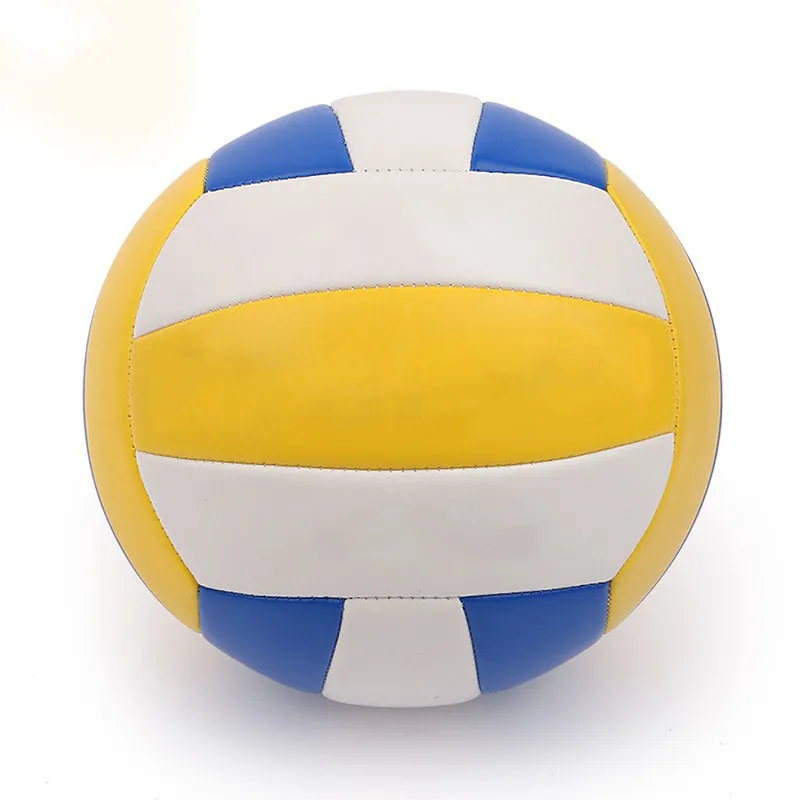Creating a soccer ball from scratch requires a blend of expertise, craftsmanship, and a deep understanding of materials and design. This comprehensive guide navigates through the essential steps in making a soccer ball that meets the highest standards of quality and performance.

The process begins with choosing the right materials. High-quality soccer balls typically use synthetic leather, such as polyurethane (PU) or polyvinyl chloride (PVC), for their outer covers. PU is favored for professional-grade balls due to its superior touch and durability, while PVC is common in training balls for its resilience and cost-effectiveness. Top-tier balls often incorporate micro-textured surfaces to enhance grip and control, mimicking natural leather's tactile feedback.
Cutting and stitching are critical steps in forming the panels that make up the soccer ball's outer shell. A traditional soccer ball consists of 32 panels — 12 pentagons and 20 hexagons — meticulously cut to precise dimensions. Computer-controlled cutting machines ensure each panel is consistently shaped, preventing discrepancies that can affect the ball's aerodynamics.

Stitching the panels together requires precision and craftsmanship. Hand-stitching remains the gold standard, although machine-stitching is often used in mass production. Skilled workers stitch panels inside out, mimicking the craftsmanship of bespoke tailoring, before turning the ball with care to preserve its structure. This labor-intensive process contributes to the spherical precision and enhances the ball’s flight characteristics and durability.
Modern soccer balls also incorporate advanced bladder technology to maintain optimal air retention and playability. Butyl bladders are prized for their airtightness, which helps maintain consistent pressure and shape, while latex bladders offer superior responsiveness and feel but may require frequent inflation. Leading manufacturers blend these materials to balance performance with longevity, ensuring the ball stays match-ready longer.
create a soccer ball
A critical aspect of soccer ball design is the alignment and bonding of panels. This process ensures symmetry and balance, crucial for good flight dynamics. Any imbalance can lead to unpredictable ball behavior, affecting player performance. Therefore, meticulous quality control checks are indispensable. These typically involve both visual inspections and dynamic tests that simulate match conditions, ensuring the ball performs consistently under various stress levels.
Innovations in thermal bonding techniques have paved the way for seamless ball design, eliminating traditional seams that absorb water and deteriorate quicker. These seamless balls offer unrivaled water resistance and create a more consistent striking surface, which enhances precision and power in gameplay.
The importance of testing cannot be overstated in the production of soccer balls. Each ball undergoes rigorous testing based on parameters set by governing bodies such as FIFA. These tests measure factors like weight, circumference, rebound properties, and water absorption. Only those passing stringent standards are certified for competitive play, attesting to their high quality and performance reliability.
Finally, personalizing soccer balls for branding or aesthetic appeal adds a layer of complexity. High-quality printing techniques ensure vibrant and long-lasting designs remain intact against wear and tear. Many balls are customized with club insignias, corporate logos, or sponsorship branding, reflecting their bespoke origins.
In conclusion, creating a soccer ball is a sophisticated process blending traditional craftsmanship with modern technology. Each step, from material selection to final testing, requires expertise and precision to meet professional standards. By adhering to rigorous quality controls and employing innovative techniques, manufacturers produce soccer balls that embody experience, authority, expertise, and trustworthiness deserved by players and fans worldwide.













